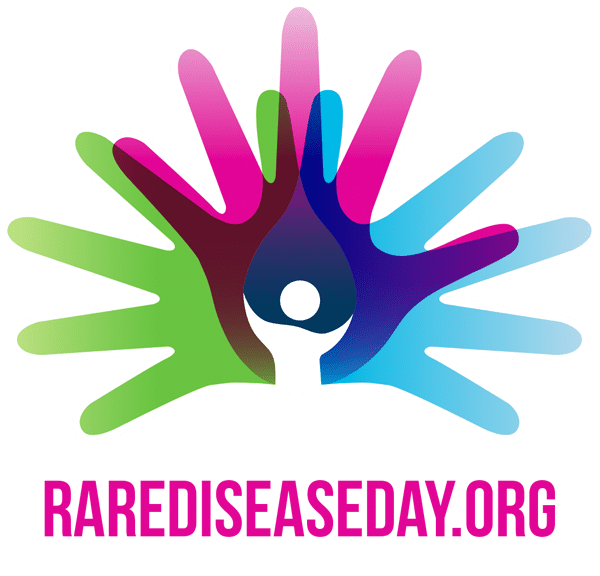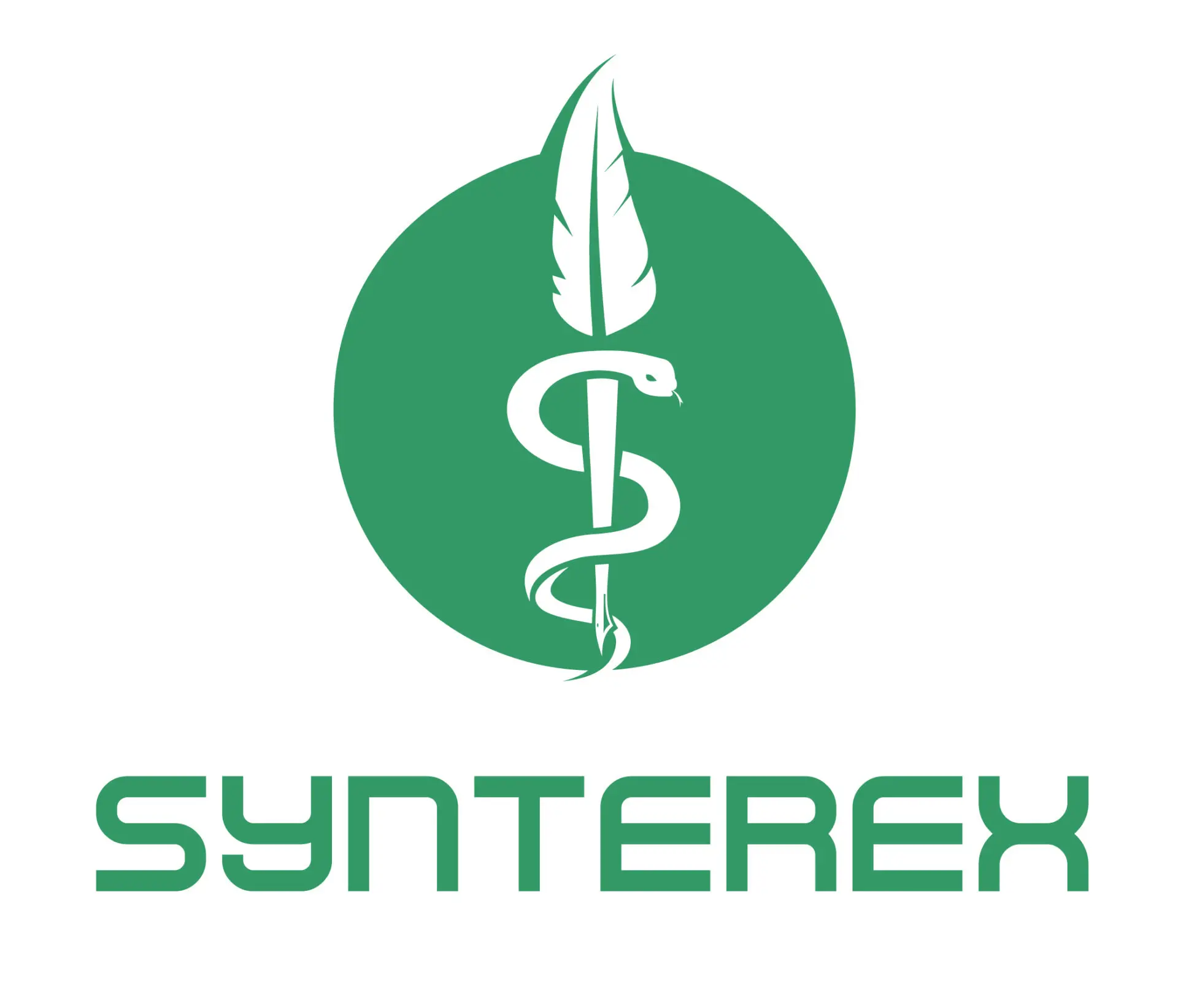
FDA’s public meeting on February 24th left no uncertainty as to the future direction of drug development in rare disease:
- Patient-centric approaches that incorporate patient and caregiver input at all levels to ensure that clinical trial endpoints are robust and meaningful; and
- Utilization of patient data (registries, cases, natural history, and real world evidence) to ensure patients are not exposed to ineffective treatments.
This objective builds off recent momentum in FDA rare disease approvals, including 21 new therapies in 20191.
The challenges of working on rare disease submissions
What was equally clear from the meeting is that using patient data is not always a clear-cut undertaking. Lessons learned from recent approvals include using the same diagnostic criteria in interventional and control arms and making sure clinical endpoints parallel assessments used in standard-of-care treatment. Several panelists commented on a predictable clinical course as a success factor that can drive the appropriate use of patient data toward an approval.
Those in industry who have worked on any rare disease submission would attest to the challenges of writing a cohesive submission even in those circumstances. One is usually working with data from small numbers of patients in unique clinical circumstances, which warrant a properly articulated story. For ultra-rare diseases, systematic reviews, meta-analyses, or other unique sources may represent the only available data on the natural history of a disease. In these cases, information may not have been reported uniformly across the source case reports. And diagnostic or clinical assessment guidelines may have evolved in parallel with the collection of data.
Many intricacies are involved
Beyond describing the disease course, there are often many other intricacies to convey in a rare disease submission. Prior Agency or other health authority interactions color some submissions. Recent SBAs, even in unrelated diseases that utilize the same endpoints, have an effect. And patient advocacy groups may weigh in on critical data for clinical benefit. Some potential examples include:
- The team must document how assessors performed and trained on standard-of-care assessments
- The team needs to write up a supplemental manual to detail a specialist procedure
- The team wants to provide video recordings or imaging and associated charters as part of a detailed patient profile
The writing process for rare disease submissions must accommodate both macro- and micro-positioning. As a result, it will test the bounds of ICH-defined document headings. The writer needs to collaborate with the regulatory and clinical teams to complete the storyboard in a way that does justice to the patients.
For now, a bridging strategy is needed
The future of rare disease drug development is gearing up to control some of the complexity of these trials. However, the present requires a bridging strategy. Medical writers must make sure that the inherent intricacies and uncertainties do not overshadow potential benefits to these critically ill patients.
Learn more about the types of medical writing services Synterex can provide.
1 United States Food and Drug Administration. New Drug Therapy Approvals 2019: Advancing Health Through Innovation. Available at: https://www.fda.gov/drugs/new-drugs-fda-cders-new-molecular-entities-and-new-therapeutic-biological-products/new-drug-therapy-approvals-2019. Accessed 24 Feb 2020.
